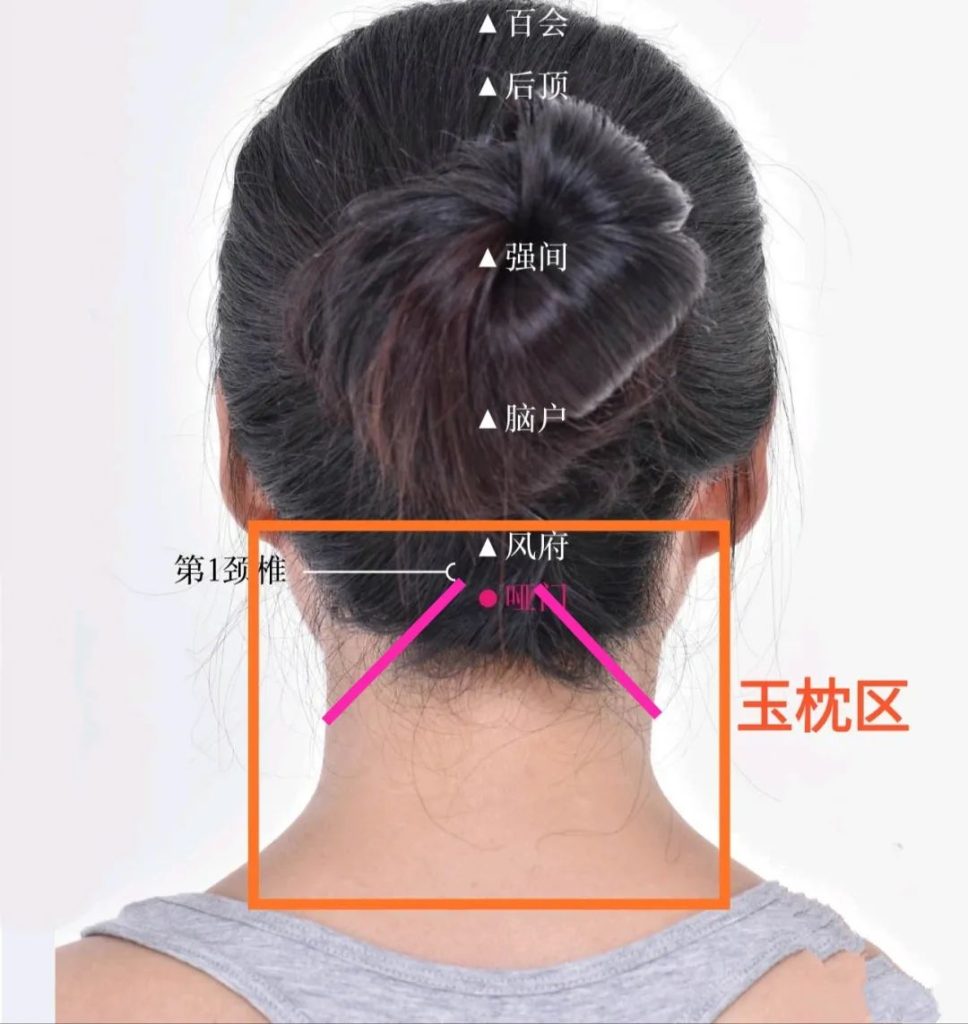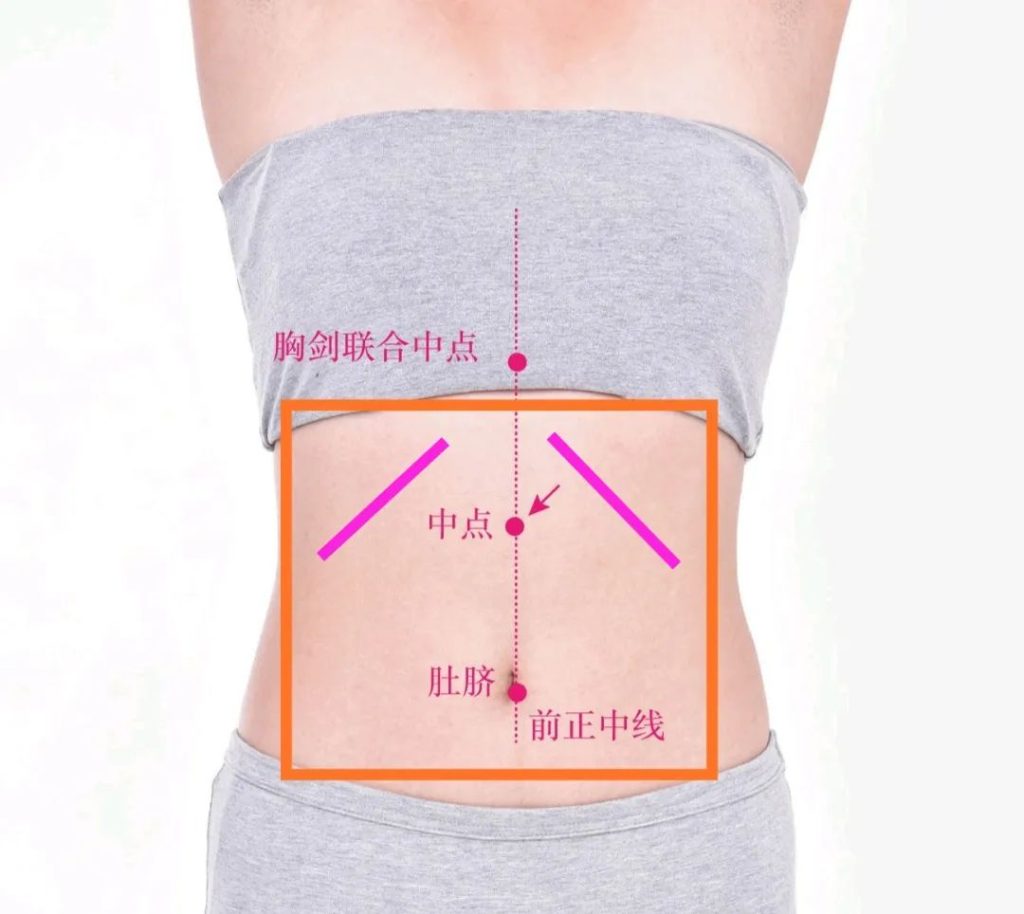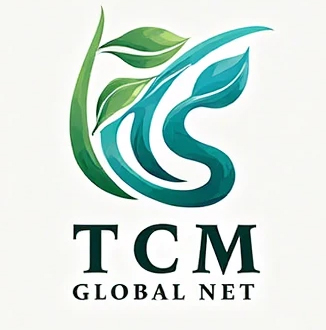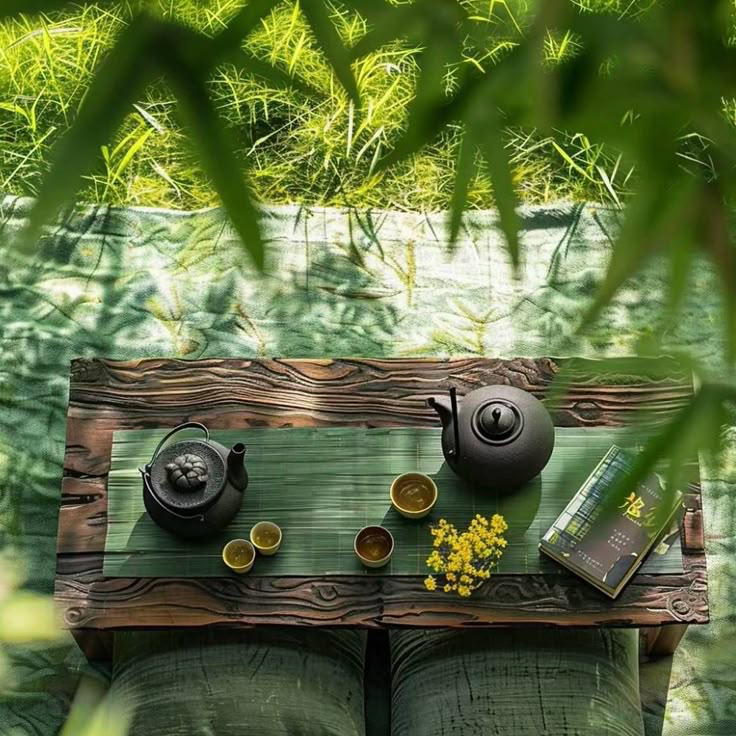introductory
"One qi circulation is one of the core theories of Chinese medicine, which emphasizes the circulation of human qi like a ring without end. This article combines clinical practice and classical theories to analyze the diagnostic and therapeutic ideas of improving the circulation of the Ren-Du two channels by regulating the neck (Jade Pillow Guan) and the abdomen (Zhong Gong) to provide systematic solutions for chronic pain and internal diseases.
I. Theoretical Traceability: From the Neijing to Modern Clinics
Xiaozhoutian refers to the two chakras, I do not know how much you know about this, believe that its real existence, if you feel the circulation of air flow in the two chakras through meditation or staking, you will be convinced of this.
My treatment of disease is basically based on this foundation.The two veins of the capillary and the governor, a qi circumference, regulating qi, regulating blood, regulating the meridians and tendons(Much of my understanding of the experience has been inspired by Mr. Zuo Changbo, and you can read his stitches if you are interested.)
- Physiological Functions of the Ren and Dolomite Channels
- supervisory vein (TCM): Governor of Yang Qi, traveling up to the Hundred Meetings Point, dominating mental consciousness and body movement.
- unbroken chain of command (TCM): General Ren Yin blood, traveling down to the perineum point, regulating the reproductive endocrine system
- Modern Verification: fMRI showed elevated prefrontal cortex blood oxygen levels in those with a patent capillary circulation 27%
- Middle-Earth pivot theory
The Four Sacred Sources of the Heart" pointed out that: "the center of the qi is the hub, the four elephants rotate", the spleen and stomach as the pivot of qi lifting and lowering, directly affecting the efficiency of the Ren-Du cycle. Clinical data show that the infrared thermogram temperature difference between the two veins of the spleen and stomach in patients with weakness is up to 1.8℃.
II. Conditioning techniques in key areas
First, let's talk about our own understanding of the section on toning the meridian tendons.There are two parts of the body that are very crucial for regulating the meridian tendons, one is the back of the neck, which is called the Jade Pillow Pass in Taoism, and the other is the abdomen, which is called the Middle Palace, Huang Ting, and the Lower Dantian in Taoism.
1. Neck conditioning (Jade Pillow Pass)
- anatomical localization: C1-C2 spinous interspace, attachment point of superior trapezius fascicle
- operational specification::
- A 0.35×50mm round sharp needle is used to pierce the fascial layer at an angle of 45°.
- Activate the vertical spine muscles at the back of the neck by performing the "head nodding and head tilting" maneuver with the patient.
Take the neck adjustment.Firstly, when the back of the neck is loosened, the yang qi of the Directing Vessel can go up, and secondly, the back of the neck is opposite to the head and face, so the yang qi can still descend from the front. Once again, the eight areas at the back of the neck correspond to the eight areas of the abdomen, so adjusting the neck can directly treat spleen and stomach problems, and the qi can continue to descend.

2. Abdominal toning (middle house)
Looking again at the abdomen and the waist, the qi in turn can be passed to the waist, which is called the coccyx pass in Taoism.The Yellow Emperor's Classic of Internal Medicine" has the cloud "in the earth's gas, the disease in the spleen, Yu in the spine", the earth's gas in the internal organs of the level of the spleen and stomach, in the meridian level is manifested in the spine of the veins.So when the spleen and stomach are properly regulated, the qi can still go up from the Directing Vessel.As you can see, a toned neck is very much connected to the entire Renwu cycle.
- Points for palpation::
- Pressure and pain at the Jianli point 3 inches above the navel suggests stagnation of qi in the middle jiao
- The flaccid Guanyuan point 2 inches below the umbilicus suggests coldness in the lower anxiety.
- myofascial release::
- Push along the white line of the abdomen to the sides using a pivoting stick.
- Focus on the tendon knots around the Daxue and Tianshu points

III. Typical disease diagnosis and treatment programs
As for regulating the abdomen, it is needless to say that it is better to start directly from the spleen and stomach piece, together with regulating the neck.
What's the point of talking about this? For the time being, let's give some examples in a haphazard manner. For example, the abdomen does not work, the gas is held in the top can not go down will appear chest tightness, panic, upset, insomnia, dizziness and headache. Yang Qi can not descend to appear cold, dysmenorrhea, diarrhea and so on.
In addition, for example, dizziness caused by high blood pressure, because of insufficient blood and qi in the head, the organism has to raise blood pressure to supply the head, you regulate the neck, qi and blood can reach the head from the Directing Vessel, the blood pressure will naturally fall.
Another example is some sore throat, toothache, trigeminal neuralgia, all are caused by the fire qi can not be lowered, you use the needle to zap the good, will be repeated. The abdomen to regulate the smooth, so that the fire down, in order to cure, otherwise the zapping is good, but also treat the symptoms, the condition will be repeated.
Another example is lesions on the Directing Vessel, which can start from the Spleen and Stomach to regulate the abdominal tendons and knots, and back pain can also regulate the abdominal tendons and knots. There is more to it than this, as we can experience in detail in the clinic. I suddenly thought of Li Shaobo's "true qi running method", which many people have practiced to open the small circumference of the sky, and many diseases have been cured without treatment.
1. Hypertension management (upper solid and lower deficient type)
- analysis of disease mechanism: Insufficient qi and blood in the head → compensatory blood pressure increase
- treatment plan::
Neck: Fengchi through puncture Tianzhu (oblique puncture 45 °) Abdomen: zhongkou warm needle moxibustion + Guanyuan moxibustion box Pair: Pueraria Mirifica 30g + Cow's Knee 15g to induce menstruation downwards - Follow-up data: After 4 weeks of treatment in 30 patients, systolic blood pressure decreased by an average of 15.2 mmHg
2. Chronic sore throat management
- Pathological characteristics: Deficiency Fire with Depressed Heat in the Middle Jiao
- step by step treatment::
- Acute phase: bloodletting by Shaoshang puncture + Hegu acupuncture
- Remission: Buried threads in the abdomen at the mid-epigastric point + moxibustion at the foot and third mile
- Consolidation period: Baduanjin "shaking head and tail to remove heart fire" training
IV. Exploration of modern medical mechanisms
- Neuroregulatory mechanisms
- Cervical stimulation activates the dorsal nucleus of the vagus nerve and decreases sympathetic tone
- Abdominal massage elevates parasympathetic excitability 32%
- Theoretical corroboration of the fascial chain
- The posterior cervical fascia forms a mechanical connection with the diaphragmatic fascia
- Abdominal release reduces thoracolumbar fascial tension and improves lumbar spine mobility
V. Guidelines for home-based care
1. Self-Relaxation Method of the Jade Pillow Pass
- move::
① Interlock your hands at the midpoint of the back hairline.
② Press down vertically to the bone surface and make small drawing circle movements
③ Cooperate with deep breathing (downward pressure on inhalation, relaxation on exhalation)
2. Zhonggong Warming Technique
- Points of Pile Work::
- Feet shoulder-width apart, knees slightly bent
- Intentionally guide the qi to sink into the dantian, hold for 15 minutes
- 1 time in the morning and 1 time in the evening every day, together with the Yongquan acupoints paste Wu Zhu powder


Leave a Reply